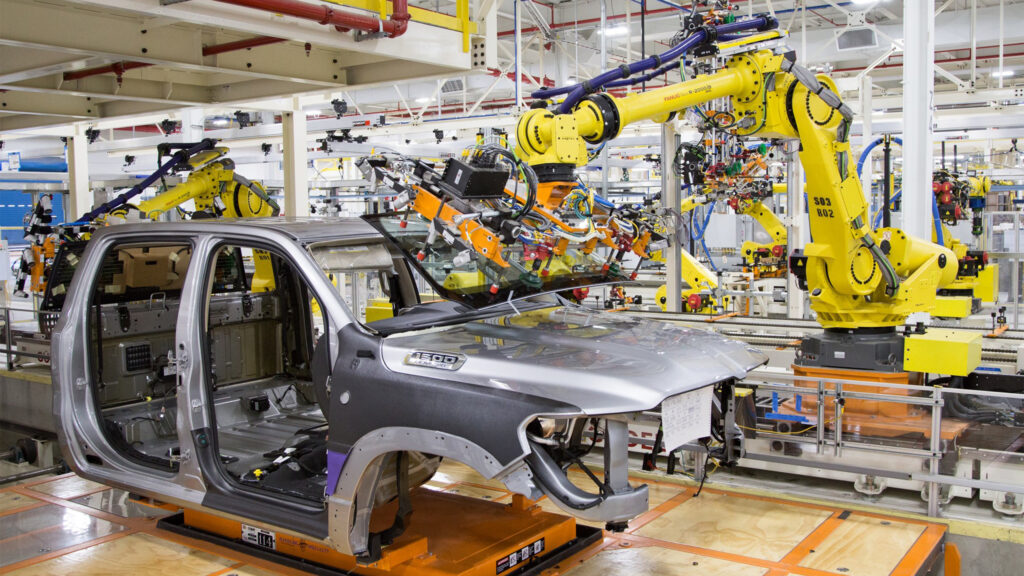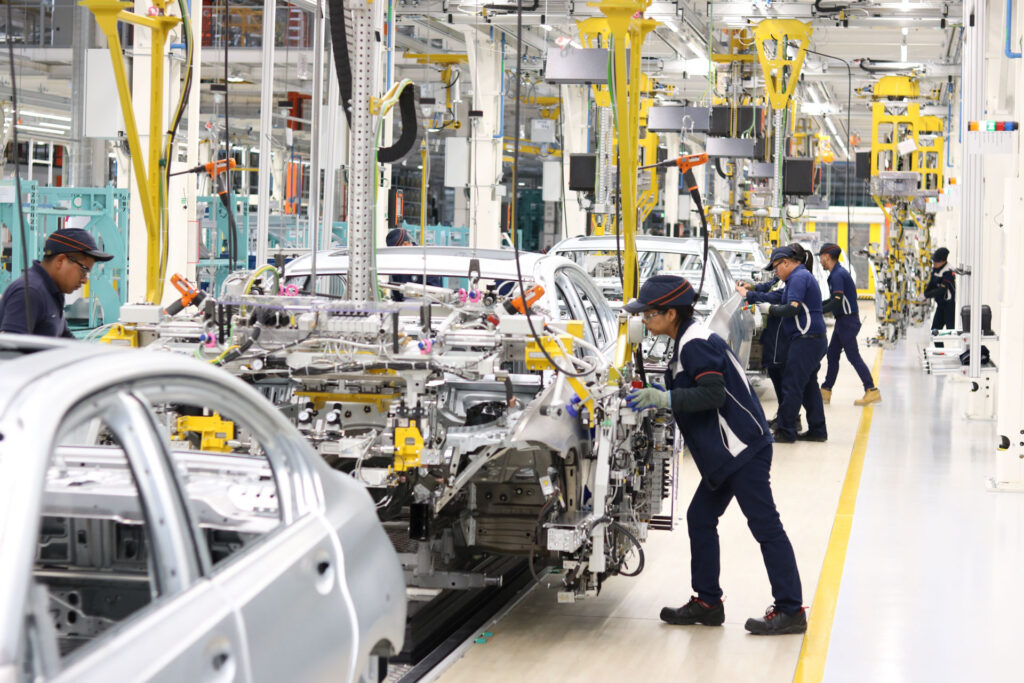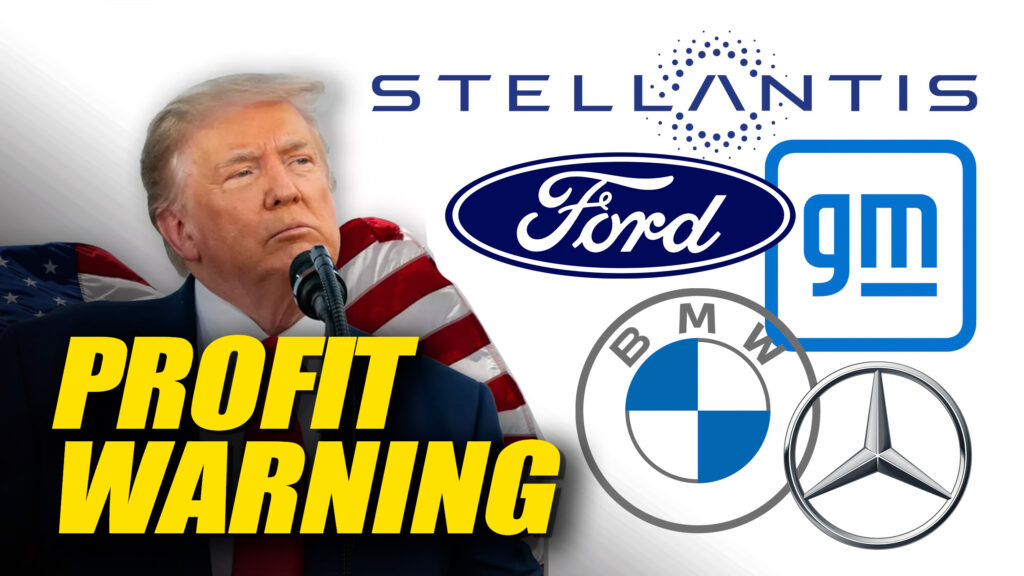- Import tariffs proposed by Donald Trump could be financially disastrous for automakers, analysts say.
- S&P estimates European and American companies could lose 17 percent of core profits.
- Trump claims he’ll put a 25 percent duty on cars made in Mexico and Canada when he takes office in January.
Automakers around the world – including those based in the US – should brace themselves for years of financial pain if incoming president Donald Trump makes good on his promise to introduce new import tariffs, analysts have warned.
European and American car companies could see their annual profits slashed by a shocking 17 percent due to potential tariffs placed on goods coming to the US from Mexico and Canada, experts at S&P Global claim. Some brands could see profits dip by more than 20 percent.
Related: Trump Promises 25% Tariff On Goods From Canada And Mexico On Day One
S&P says the most vulnerable automakers include GM, Stellantis, Volvo and Jaguar Land Rover, who risk losing more than a fifth of their EBITDA (before interest, tax, depreciation) profits. VW and Toyota could see between 10 and 20 percent of their profits wiped out and BMW, Ford, Mercedes and Hyundai-Kia might suffer a 10 percent or lower hit.
Trump doesn’t take office until January, but earlier this week he promised one of his first jobs would be to slap a 25 percent tariff on anything imported from America’s neighboring countries, despite the US, Canada and Mexico all being signed up to the North American Free Trade Agreement (NAFTA). Trump said the duties were a response to the amount of drugs and migrants crossing the borders and once introduced, would remain in place until Mexico and Canada clamped down on border violations.
If Trump sticks to his guns, this is bad news for multiple carmakers, including GM, Ford and Stellantis, who all build cars for US consumption outside of the States. As do European brands like BMW and VW, who S&P also predicts could (in a worst-case scenario) face a 20 percent tariff on vehicles imported to the US from Europe.

All of those brands have plants in the US and S&P calculates Ford, GM and Stellantis could theoretically transfer all of their foreign production to their underused US sites. Stellantis has utilization rates below 50 percent, the report says, while GM and Ford have up to 1 million units of surplus capacity.
VW, BMW and Mercedes would find it harder to ‘onshore’ production from Mexico, but even those that can will need to spend a ton of money expanding and adapting existing US plants. There’s no quick or cheap fix.
And some automakers, such as Jaguar, Audi and Porsche, have no US base to help relieve some of the pain. S&P thinks VW could let Audi use its American production facilities, but JLR has no partner to help it out. Automakers who can’t escape the tariffs will likely pass part, but not all, of the cost onto customers, analysts predict.





